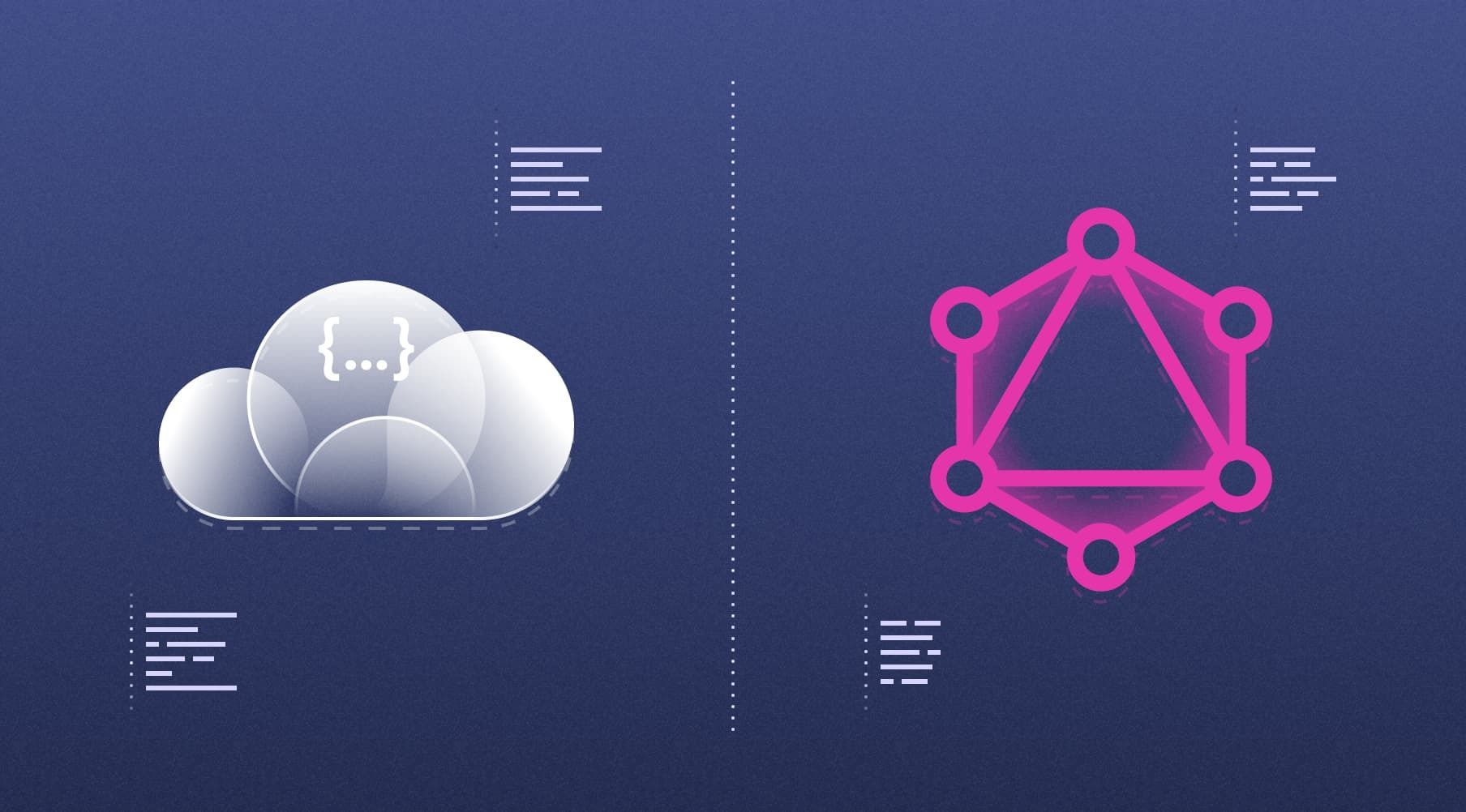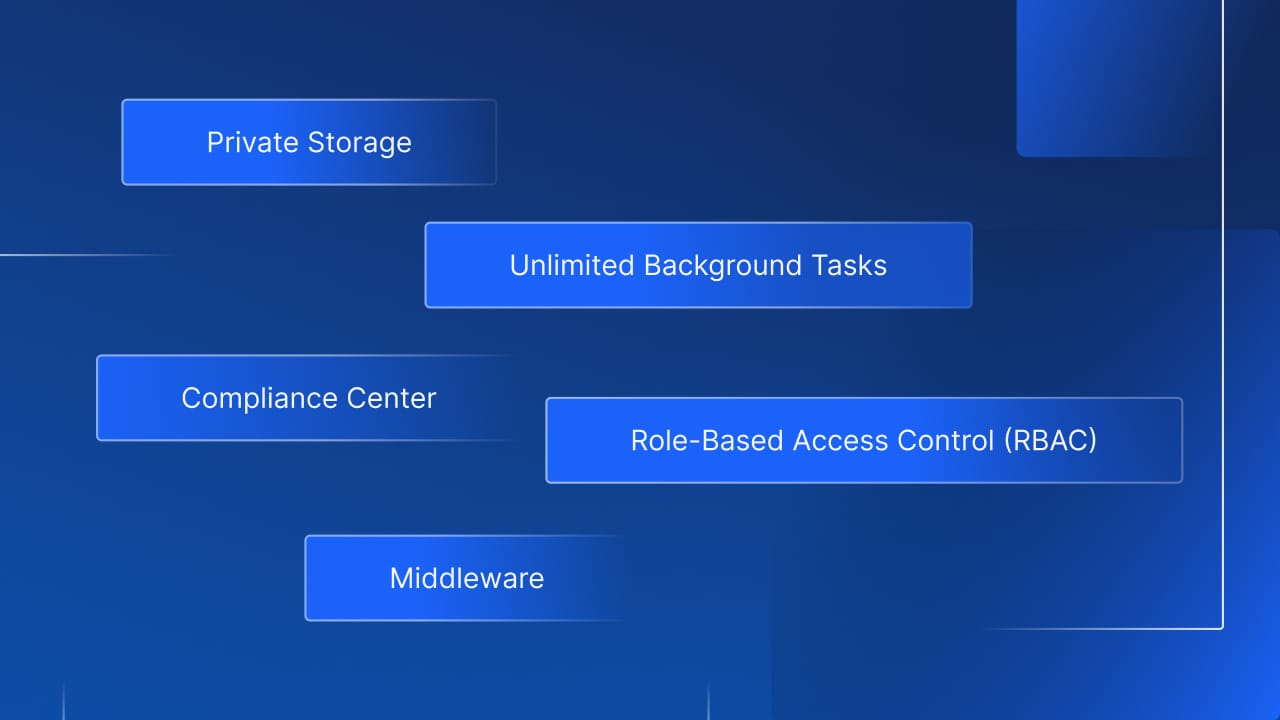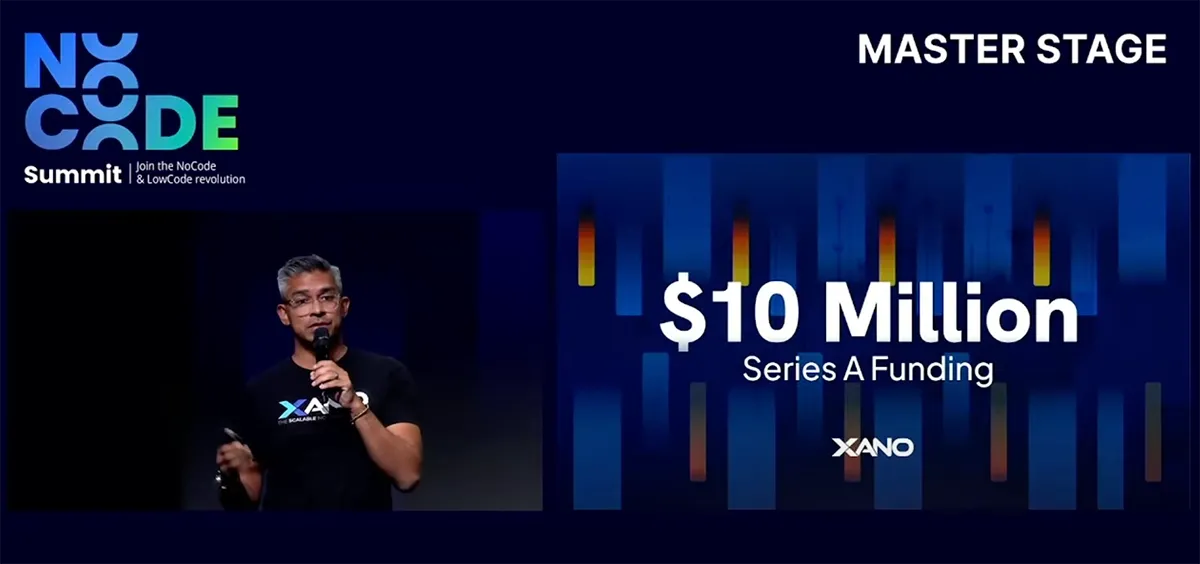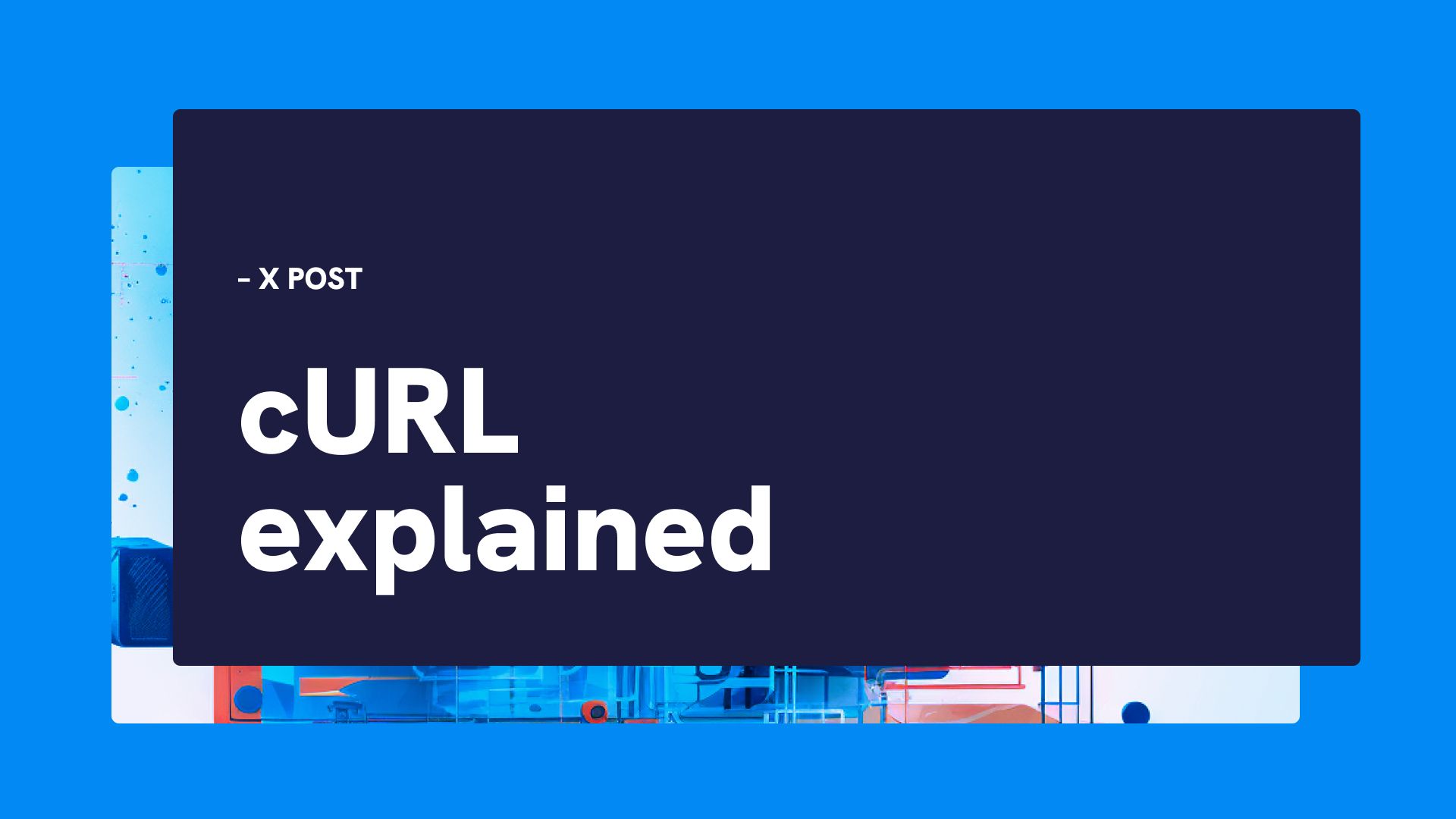GraphQL vs Rest: All You Need To Know
By Xano | September 22, 2021

Since being introduced by Facebook in 2012, GraphQL has gotten considerable buzz in the API world. Presented as an alternative to REST APIs, GraphQL ostensibly fixes many traditional problems and bottlenecks, leaving many programmers wondering whether they should adopt GraphQL as an alternative to REST APIs.
The truth is that the question of GraphQL vs Rest APIs does not have one single answer. While there are times when GraphQL is the better choice – and will prevent common issues like over-fetching – REST APIs are still adequate for many applications and using GraphQL instead may do little more than overcomplicate matters. Both options still have their place in the programming world.
Below, we will provide a breakdown of the differences between GraphQL and Rest APIs and the advantages and disadvantages of each.
What Is GraphQL?
GraphQL is an open-source query language & manipulation language for APIs that, allows developers to specify the structure of the data required, preventing excessively large amounts of data from being returned. It accomplishes this by allowing declarative data fetching.
Contrary to popular belief, GraphQL is not an SQL alternative or a replacement for REST APIs. Both GraphQL and REST can be used on the same project without issue.
Advantages
Eliminates Over-Fetching And Under-Fetching
Among the most important benefits of GraphQL is its ability to prevent both over- and under-fetching. REST responses can sometimes contain either too much data or not enough data, meaning you may need to put in a second request to specify what you need. With GraphQL, you can specify the exact data you need in a single request, streamlining the entire process.
Faster
GraphQL can be significantly faster than REST APIs. As you can choose your specific field, it cuts down on the request query, speeding up the entire process.
Easy To Learn And Use
Many programmers are wary of GraphQL as it is a newer query language, but it is fairly simple to learn. When you request queries to the server, the response comes in a predictable shape, allowing you to write a query exactly according to your requirements.
Disadvantages
Caching Issues
Working with GraphQL can make implementing a single cache more complicated. REST allows you to access resources with URLs, allowing you to use the resource URL as an identifier to cache on a resource level. With GraphQL, each query can be different. While this is usually a benefit, it can make the process significantly more time-consuming.
Query Complexity
While this is a drawback you may also find with REST, it is important to note as many programmers erroneously believe GraphQL will eliminate the problem of clients requesting too much nested field data at once. You will still need a mechanism in place – such as maximum query depths or query complexity rating – to alleviate this issue.
Rate-Limiting
When you work with REST API, you can easily specify that you only allow a certain amount of requests per day. With GraphQL, there is no simple way to enable rate-limiting, meaning you will need to find often time-consuming workarounds.
What Is Rest API?
A REST API works under the constraints of REST (representational state transfer) architectural style, allowing you to interact with RESTful web services. As opposed to more general APIs, REST is meant primarily for web applications and works mostly with HTTP requests and responses.
Advantages
Easy To Integrate
RESTful APIs are simple to locate, and often found in the first URL. While individual applications do not always automatically know how to use your specific service, REST APIs are easier for developers to work within a general sense.
Cacheable
As opposed to GraphQL, REST makes caching fairly easy due to its stateless server. As each request is processed individually, GET requests return the same response each time, regardless of the session. This makes GET requests easily cacheable, which browsers usually recognize.
Fast And Flexible
As REST APIs typically use JSON as their default format – compact and small in size – it is usually processed much quicker. However, REST APIs come with inherent flexibility as well, and clients are able to ask for different data types.
Disadvantages
Difficult To Handle
REST APIs are hypertext-driven. This means the code that maps URIs can easily become jumbled, making REST APIs slightly more difficult to handle than other options.
Security Concerns
REST does not require security, making it suitable for public URLs, but it is not necessarily the best choice if you plan to transfer sensitive data between the client and server.
No State
Most online applications require stateful methods, often missing in REST APIs. This means the client can be tasked with maintaining the state, which can make applications prone to glitches and significantly less user friendly.
Which Is Right For Me?
As previously stated, you can use both REST and GraphQL on the same project. One may work better than the other, depending on your needs.
When To Use GraphQL
GraphQL uses a query language that tailors requests to exactly what you need. REST, conversely, always comes back with a complete dataset. While coding with GraphQL can be slightly confusing at first, once you learn how to use it, it can be much simpler to only fetch the necessary data – especially for certain automated tasks.
GraphQL can also be helpful for more complex systems and/or microservices. Using GraphQL, you can integrate multiple systems, including large third-party APIs. This can be hugely beneficial when switching from a monolithic backend to microservice architecture.
When To Use Rest API
While REST is guilty of over-fetching, it isn't always the lesser option. It can work well for public APIs and simple applications.
REST is the industry standard for APIs, so it's better known and its endpoints are more mature. It can therefore be easier to use REST for simple tasks rather than overcomplicating things, especially if you or your team are unfamiliar with GraphQL.
GraphQL vs Rest: The Bottom Line
GraphQL has some advantages in terms of specificity of requests, but it is by no means a replacement for REST. Both can and often are used on the same project, and a combination of the two can even be the best answer.
Looking for solutions for your company? Xano is the fastest No Code Backend development platform on the market. We give you a scalable server, a flexible database, and a No Code API builder that can transform, filter, and integrate with data from anywhere. Xano's version to GraphQL is called Addons.
Addons are a unique and easy way to extend the response from a single API endpoint with additional data from other database tables. Addons were created to make it easy to get the data you need without performing multiple API requests. If you've used GraphQL before, Addons are very similar except they offer more control over how data is queried.
Sign up here to get started.
The post GraphQL vs Rest: All You Need To Know appeared first on Xano.


Build without limits on a secure, scalable backend.
Unblock your team’s progress and create a backend that will scale for free.
Start building for free










